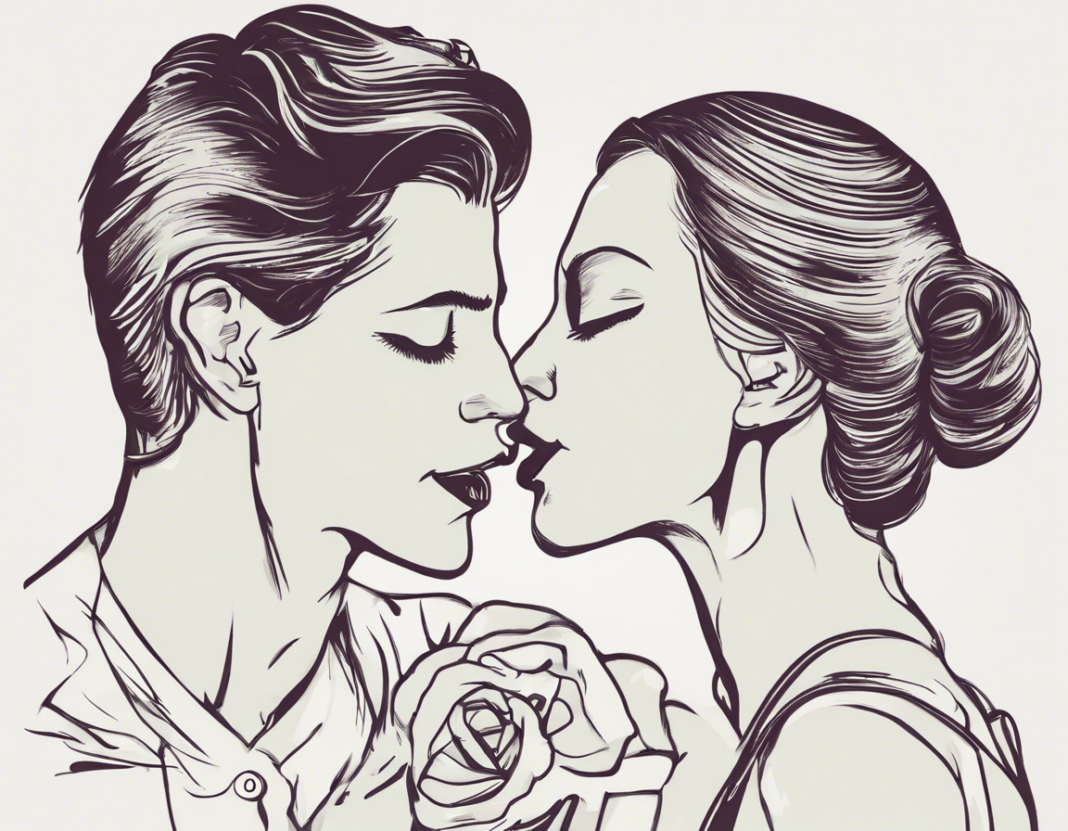Ah, the ‘smooch’ – that tender and intimate gesture of affection that has puzzled and delighted humans for centuries. From the first innocent peck on the cheek to the fiery passionate kisses, the act of kissing holds significant cultural, emotional, and biological importance. Let’s delve deeper into the world of kisses, exploring its meaning, benefits, and variations.
The History of Kissing
Kissing is not just a modern phenomenon but has been prevalent in various cultures throughout history. In ancient Rome, a kiss was considered a legal bond that sealed contracts, treaties, and agreements. The Romans were also known for their passionate and lingering kisses. In India, kissing was first mentioned in the Kama Sutra, an ancient Hindu text that explores different ways to demonstrate love and affection.
The Science Behind the Kiss
Kissing releases a cocktail of chemicals in the brain and body, including dopamine, oxytocin, and endorphins. These neurochemicals are responsible for feelings of pleasure, bonding, and even pain relief. Additionally, kissing can also boost the immune system by exposing individuals to different bacteria, potentially strengthening their immune response.
Types of Kisses
-
Peck: A quick and light kiss on the lips or cheek.
-
French Kiss: A passionate kiss involving the exchange of tongues.
-
Butterfly Kiss: Gently fluttering eyelashes against a partner’s skin.
-
Eskimo Kiss: Rubbing noses together instead of lips.
-
Spiderman Kiss: Kissing with one person upside down, a la the famous movie scene.
The Meaning of a Kiss
Kisses can convey a multitude of meanings depending on the context and the relationship between the individuals. A kiss on the cheek may signify friendship or familial affection, while a kiss on the lips is often associated with romantic love. Moreover, the intensity and passion of a kiss can also communicate desire, attraction, and emotional connection.
Benefits of Kissing
Apart from the obvious pleasure derived from a kiss, there are several health benefits associated with kissing:
-
Stress relief: Kissing helps lower cortisol levels, reducing stress and anxiety.
-
Calorie burning: A vigorous kiss can burn up to 6 calories per minute.
-
Mood enhancement: The release of endorphins during kissing can boost mood and overall well-being.
-
Bonding: Kissing increases the levels of oxytocin, promoting feelings of intimacy and attachment.
Kissing Etiquette
While kissing is a universal expression of affection, it’s essential to be mindful of cultural norms and personal boundaries. Here are some etiquette tips to keep in mind:
-
Consent: Always seek consent before initiating a kiss.
-
Hygiene: Maintain good oral hygiene to ensure a pleasant kissing experience.
-
Respect: Be respectful of your partner’s boundaries and comfort levels.
-
Timing: Choose the right moment for a kiss to ensure mutual enjoyment.
FAQs about Kissing
- Is kissing good for your health?
-
Yes, kissing has been shown to have various health benefits, including stress reduction and mood enhancement.
-
How long should a good kiss last?
-
The ideal duration of a kiss varies from person to person. It’s essential to follow your partner’s cues and communicate openly about your preferences.
-
Can you get an STD from kissing?
-
While the risk is low, certain sexually transmitted infections, such as herpes and syphilis, can be transmitted through kissing.
-
Why do we close our eyes when we kiss?
-
Closing our eyes during a kiss helps to heighten the other senses, making the experience more intimate and intense.
-
Is kissing exclusive to humans?
- While kissing is primarily a human behavior, certain animals, such as bonobos and dolphins, have been observed engaging in similar behaviors as a form of social bonding.
Kissing, with its myriad meanings and benefits, remains a universal language of love, connection, and intimacy. Whether it’s a sweet peck on the cheek or a passionate embrace, a kiss has the power to communicate what words often cannot – a profound expression of emotional closeness and affection.
